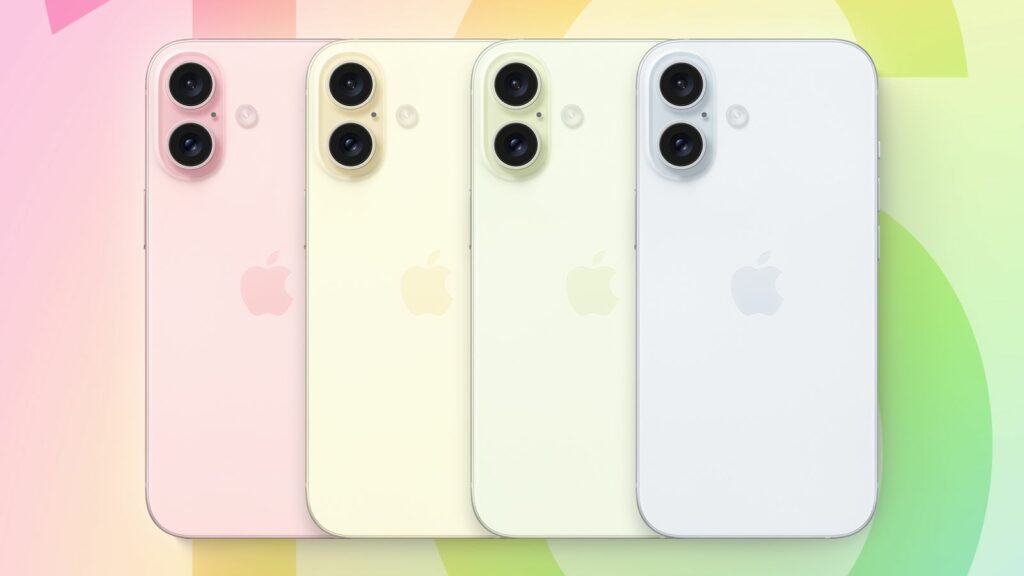As the anticipated launch of the iPhone 16 approaches, emerging details about its components hint at significant upgrades. According to a recent report, Apple is considering incorporating a new CMOS image sensor manufactured by Samsung for its upcoming smartphone models. This advanced sensor, featuring a three-wafer design, promises several improvements over the current iPhone 15 series sensor. If accurate, Samsung will join Sony as a key supplier of camera sensors for Apple.
Samsung CMOS Sensor Under Evaluation
The Elec reports that Apple is in the final stages of quality assessment for a new CMOS image sensor (CIS) provided by Samsung. This strategic move is partly due to the delays Apple experienced in receiving sensors from Sony last year, which complicated the iPhone 15 launch timeline.
Apple’s shift towards integrating new technologies into its camera systems aims to keep pace with advancements made by competitors. The separation of internal sensor components in the new design is expected to enhance pixel density, reduce pixel size, and minimize noise, delivering superior image quality.
Innovative Three-Wafer Design
Samsung has reportedly been engaged by Apple to develop this innovative CMOS sensor, which is currently undergoing rigorous quality testing. The sensor’s three-wafer stack design is a notable advancement. Unlike the previous two-wafer stack design, where transistors and photodiodes share the same wafer, the new design houses distinct elements on each wafer. These wafers are interconnected using a wafer-to-wafer hybrid bonding process through a copper pad, a technique that enhances performance and efficiency.
Enhanced Ultra-Wide Camera for iPhone 16 Pro
Additionally, the iPhone 16 Pro models are expected to feature a significant upgrade in their ultra-wide cameras, moving from 12-megapixel sensors to 48-megapixel sensors. This enhancement aligns with Apple’s efforts to provide cutting-edge camera technology in its premium models. The iPhone 16 Pro is also rumored to adopt the tetraprism lens, first introduced with the iPhone 15 Pro Max, supporting 5x optical zoom via the telephoto camera.
New Anti-Reflective Coating Technology
Apple is also exploring the introduction of a new anti-reflective optical coating technology known as atomic layer deposition (ALD) for its cameras. While it remains unclear whether this technology will be applied to the iPhone 16 Pro, iPhone 16 Pro Max, or both, it represents another potential leap forward in Apple’s camera capabilities.
As Apple finalizes these innovations, the iPhone 16 promises to deliver substantial advancements in camera technology, reinforcing Apple’s position in the competitive smartphone market.

